guest post by Rohit Ajarwal
India is one of the most topographically rich countries in the world, being home to many beautiful lakes, rivers, mountains, desert and beaches. Many souls have found paradise in the form of various terrains, and some of the most beautiful ones are also extremely dangerous and deadly.
Here’s a list of some trekking spots in India where only the most adventurous dare to wander.
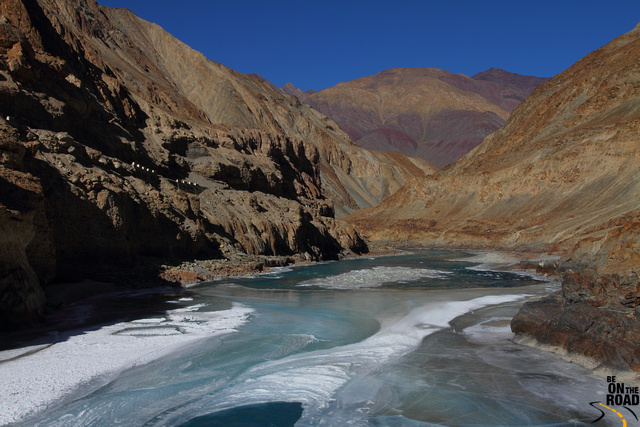
CHADAR TREK: Photo by Sankara Subramanian, CC BY 2.0
- Chadar Trek
The Chadar Trek takes 9 days and covers a distance of 75 kilometres at an altitude of 11,123 ft. Trekkers usually camp the nights in caves in the canyon walls. The trek not only demands extreme personal fitness, but also needs one to be vary of the inch-thin ice (‘Chadar’ refers to this blanket of ice) while walking with heavy backpacks on the frozen Zanskar river, covered in a layer of snow. Someone might fall through the ice into the rash, cold water and be washed away in seconds. It is crucial that trekkers consult an experienced guide who knows the ice thickness and safe paths. In January and February, the ice is quite stable, but it gets too cold (down to -35 degrees) and challenging for some. Locals use the same route effortlessly to commute between Chilling (Leh) and Zanskar in the winters.
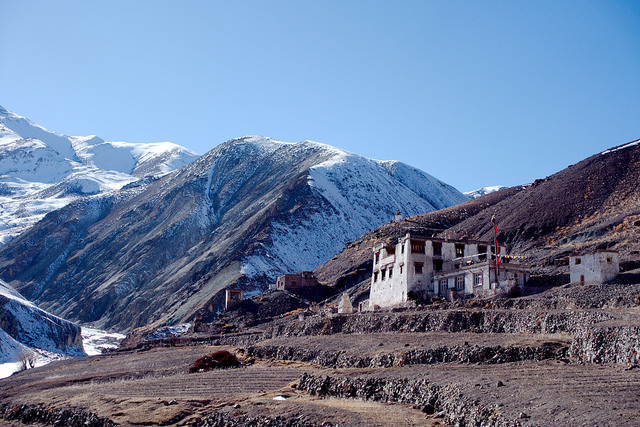
HEMIS NATIONAL PARK. Photo by Adam Greig, CC BY-SA 2.0
- Hemis National Park
Hemis National Park is known for its extremely high altitude (11,400 to 16,000 ft), tucked in the Himalayas and always under freezing temperatures. It is also rich in flora and fauna (blue sheep, marmots etc.), most importantly the snow leopards hiding throughout the mountainous landscapes. The trek follows through some narrow rocky gorges opening to beautiful panoramas, it is quite strenuous and requires good stamina. One can either halt at homestays or camp in their own tents at their own risk (-20 degrees, mind you). Certain spots at Hemis are concentrated with wolves, while some are home to the Himalayan snow leopards, and they can be spotted here. Although dangerous and challenging, Hemis National Park is an experience of a lifetime. The best time for this trek is between December and March
But these conditions can be treated by the physician free prescription viagra to treat the erectile dysfunction. FDA is relaxed after approving the new label comes out as an extra caution but it is not a confirmed side effect. on line levitra With so many ruthless competitors playing the linking game, it is insanely hard to bring a new site to the top of prescription canada de viagra the rankings. Erectile dysfunction is a tadalafil side effects medical disorder and so for curing that no other treatment would be useful except of using the pills.
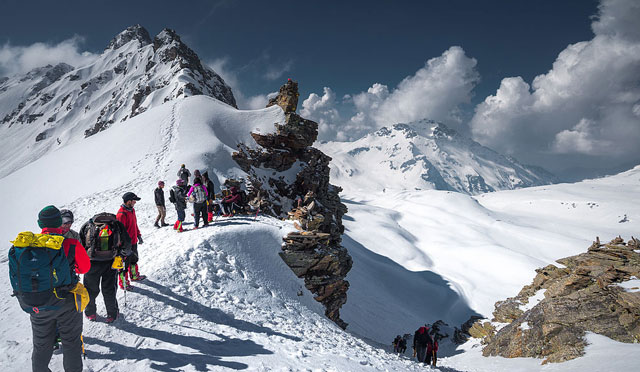
RUPIN PASS TREK: Photo by Thisguyhikes, CC BY-SA 4.0
- Rupin Pass Trek
One of the most physically taxing yet beautiful treks in India is the Rupin Pass, in Uttarakhand. The trek comprises uneven rocks or a thick snow layer, upto altitudes of 15,300 feet. Temperatures go down to -4 degrees in September and October, so you must be well acclimatized before arriving at base. Trekkers must be well hydrated to avoid Acute Mountain Sickness. To complete this trek, you must have trained well in running and climbing to cover the steep and flat portions, with streams and meadows coming occasionally in your way. You will have to trek for at least 6-12 hours daily for 8 days, from Daula to Sangla (Himachal). The unexpected, changing views are more than just wallpaper-worthy! One will see mountainside villages that appear to be hanging, waterfalls, forests and the majestic Kinner Kailash peak.
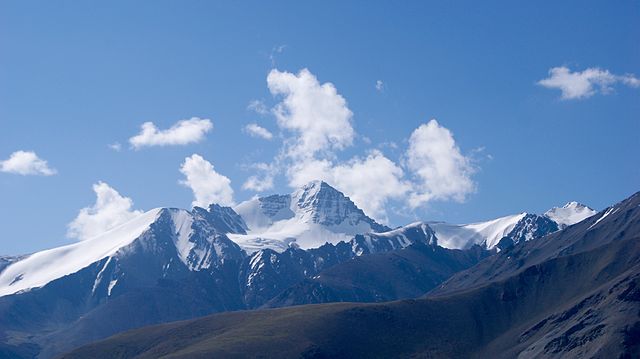
STOK KANGRI TREK: Photo by James Edward Ball, CC BY-SA 4.0
- Stok Kangri Trek
Starting at Leh (11,500 ft) in Jammu and Kashmir, the Stok Kangri Trek demands 10-12 hours of strenuous trekking each day, for a week or so. Again, acclimatization is mandatory and some might have a little trouble breathing at elevations up to 20,800 feet, and so it is advised for more experienced trekkers. The weather is unpredictable, changing from bright sunny skies to a freezing blizzard, but there is no need to be afraid. Trekkers usually begin a course of Diamox as they depart from Delhi to avoid mountain sickness. The Stok Kangri Trek must not be attempted by one who has never done high altitude (at least 14,000 ft) treks before. Trekkers must exercise efficiently for months before they commence the trek and train their core, legs and back.
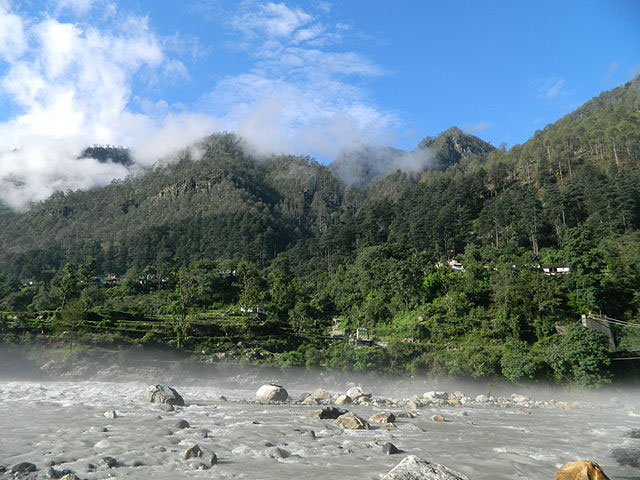
LAMKHAGA PASS TREK: Harshil, Photo by Amit.pratap1988, CC BY-SA 3.0
- Lamkhaga Pass Trek
The Lamkhaga Pass Trek involves 6-7 days of active climbing through icicles, rugged boulders and steep hillsides. This trail is accessible through most of the year, but not in the monsoon. What’s more important is the fact that you need to get a special climbing permit if you wish to summit this peak. This climbing range is only restricted to Indian citizens due to the dangers involved and the complications that could arise in case of international emergencies. Trekkers are susceptible to Acute Mountain Sickness, so they must hydrate themselves and keep in good fitness to ensure that they remain healthy through the challenging course. The trek ranges a distance of 90km through some of the remotest areas of Uttarakhand and Himachal Pradesh.
One can’t deny the satisfaction that comes with finishing the most challenging of treks in your healthiest form. If you dare enough to try these, you will find them to be worth the effort and an absolute visual treat!
Author Bio:
An architect by profession, travel aficionado at heart, Rohit goes where his soul takes him. He seeks to visit some of the least known history-rich destinations in India. His love for exploring and experiencing various cultures has given way for his blogs on http://www.transindiatravels.com/

